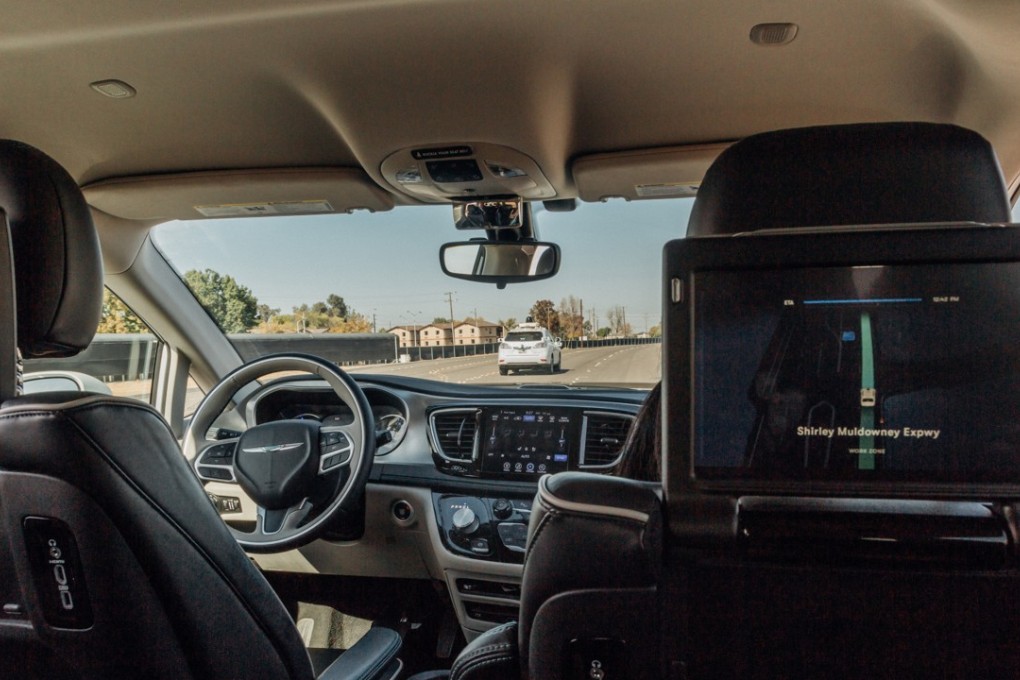Analysis | Who’s winning the self-driving car race?
Alphabet’s Waymo, which has run self-driving cars over 8 million kilometres in 25 cities and done billions more in computer simulation, is currently leading the pack of companies working on autonomous vehicles

In the race to start the world’s first driving business without human drivers, everyone is chasing Alphabet’s Waymo.
The Google sibling has cleared the way to beat its nearest rivals, General Motors (GM) and a couple of other players, by at least a year to introduce driverless cars to the public. A deal reached in January to buy thousands of additional Chrysler Pacifica minivans, which get kitted out with sensors that can see hundreds of metres in any direction, puts Waymo’s lead into stark relief. No other company is offering for-hire rides yet, let alone preparing to carry passengers in more than one city this year.
GM plans to start a ride-hailing service with its Chevrolet Bolt – the one with no steering wheel or pedals, the ultimate goal in autonomous technology – late next year. Most of the others trying solve the last remaining self-driving puzzles are more cautious, targeting 2020 or later.
The road to autonomy is long and very complicated. It can also be dangerous: Two high-profile efforts, from Uber Technologies and Tesla, were involved in recent crashes that caused the death of a pedestrian (in the first known case of a person killed by a self-driving vehicle) and a driver using an assistance programme touted as a precursor to autonomy. One of Waymo’s autonomous vans was involved in a collision just last week. But the perceived stakes are so enormous, with the promise of transport businesses needing little in labour costs, that many players are racing to master the technology and put it to work.
Without drivers, operating margins could be … more than twice what carmakers generate right now
In the next three years, almost all of these contenders will be able show off cars capable of navigating city streets at casual speeds along firmly fixed routes. Most of the companies now building autonomous vehicles can already handle basic driving at low speeds. This can give an impression of parity and sameness. Yet despite being in its infancy, autonomous driving has leaders starting to emerge.